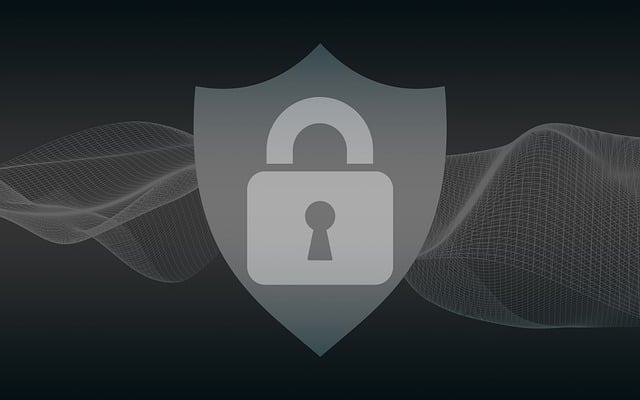
In today’s interconnected world, the term “cybersecurity risk” has become a focal point for businesses of all sizes. As organizations increasingly rely on digital systems and data to operate, understanding the nature and implications of cybersecurity risks is paramount. This article explores what cybersecurity risk entails, its components, the potential impact on organizations, and effective strategies for managing these risks.
Understanding Cybersecurity Risk
Cybersecurity risk refers to the potential for loss or damage that may result from unauthorized access to an organization’s systems and data. It encompasses various threats, including malware attacks, phishing scams, and data breaches. Each of these incidents can lead to significant vulnerabilities within an organization, highlighting the need for robust cybersecurity measures.
Organizations face numerous cybersecurity risks that can impact their operations, reputation, and financial stability. From the theft of sensitive information to disruptions in services, the potential consequences of cyber threats are severe. Therefore, identifying and mitigating these risks is crucial for any business strategy.
Components of Cybersecurity Risk
1. Threats
At the core of cybersecurity risk are threats—malicious acts intended to exploit vulnerabilities in an organization’s systems. These threats can come from various sources, including cybercriminals, hacktivists, and even insider threats from employees. Understanding these threats is vital for developing a comprehensive risk management strategy.
2. Vulnerabilities
Vulnerabilities are weaknesses in an organization’s systems that can be exploited by threats. These can range from outdated software and weak passwords to untrained employees who may inadvertently compromise security. Regular assessments and updates of security protocols are essential to mitigate these vulnerabilities.
3. Impact
The impact of cybersecurity risks can be far-reaching. A single data breach can lead to financial losses, regulatory penalties, and reputational damage. Organizations must evaluate the potential consequences of different cybersecurity incidents to prioritize their risk management efforts effectively.
4. Likelihood
Evaluating the likelihood of a cybersecurity incident occurring is a crucial aspect of risk assessment. Organizations must consider factors such as their industry, the sensitivity of the data they handle, and their current security posture. This assessment helps determine the appropriate level of investment in cybersecurity measures.
The Role of Employees in Cybersecurity
Employees play a critical role in an organization’s cybersecurity posture. Human error is often a significant factor in many cybersecurity incidents, such as inadvertently clicking on a phishing link or failing to follow security protocols.
Organizations must prioritize training and awareness programs for employees, ensuring they understand the cybersecurity risks and the importance of adhering to security policies. By fostering a culture of security awareness, businesses can significantly reduce the likelihood of human error leading to a cybersecurity incident.
Third-Party Risks
In an increasingly interconnected world, businesses often rely on third-party vendors for various services. While these partnerships can enhance operational efficiency, they also introduce additional cybersecurity risks. A breach in a third-party vendor’s system can compromise an organization’s data and systems.
To mitigate these risks, organizations should conduct thorough assessments of their third-party vendors’ cybersecurity practices. Implementing stringent security requirements and regularly reviewing vendor compliance can help ensure that these partnerships do not become a weak link in the organization’s security framework.
Developing a Cybersecurity Risk Management Strategy
A robust cybersecurity risk management strategy is essential for any organization aiming to safeguard its data and systems. This strategy should encompass the following key components:
1. Risk Assessment
Conducting regular risk assessments is vital to identify and evaluate potential cybersecurity risks. Organizations should analyze their current security posture, assess vulnerabilities, and evaluate the potential impact of various threats.
2. Incident Response Plan
An incident response plan outlines the steps an organization will take in the event of a cybersecurity incident. This plan should include clear roles and responsibilities, communication protocols, and procedures for mitigating damage. By having a well-defined response plan, organizations can reduce the impact of incidents and recover more quickly.
3. Continuous Monitoring
Cybersecurity is not a one-time effort; it requires continuous monitoring and adaptation. Organizations should implement tools and practices that allow for real-time monitoring of their systems for unusual activity or breaches. This proactive approach can help identify threats before they escalate into significant incidents.
4. Regular Training
As mentioned earlier, employees are a critical component of cybersecurity. Regular training sessions on the latest cybersecurity threats and best practices can empower employees to recognize and respond to potential risks. This ongoing education can create a security-first mindset within the organization.
5. Investment in Technology
Investing in the right technology is crucial for effective cybersecurity management. Organizations should consider advanced security solutions such as intrusion detection systems, firewalls, and encryption to protect their data. Staying updated on the latest cybersecurity technologies can significantly enhance an organization’s ability to prevent and respond to threats.
Conclusion
In conclusion, cybersecurity risk is an ever-evolving challenge that organizations must confront. By understanding the components of cybersecurity risk—threats, vulnerabilities, impact, and likelihood—businesses can develop effective strategies for managing these risks. Prioritizing employee training, assessing third-party relationships, and implementing robust risk management practices are critical steps in safeguarding an organization’s information and systems.
As the digital landscape continues to evolve, organizations must remain vigilant and proactive in their cybersecurity efforts. For more insights on managing cybersecurity risks, visit us at ostridelabs.com.
By addressing cybersecurity risks head-on, businesses can not only protect their valuable data but also foster trust with their clients and stakeholders, ultimately ensuring long-term success in an increasingly digital world.